The worksheet titled "Number Sense Mental Math Challenges" includes grade-level appropriate mental math problems that invite students to add, subtract, and multiply numbers in their heads. The instructions tell students not to use scrap paper and solve the problem in their heads. At the top of the worksheet, students write the answers on each blank. For example, one problem reads, "Imagine 3 in your head. Add 2. Add 5. Add 3. Subtract 6. Write the number." Each blank is labeled with a number, inviting students to add all the numbers to get the final answer. Finally, they spell that number, writing each letter on the blank line. One or two letters are filled in, allowing students to check their work as they go.
The worksheet also encourages number sense. At the bottom of the page, instead of being asked to add, subtract, or multiply, students are asked to find numbers that come before or after another number. For example, they find 1 after 16 or 3 before 14, inviting them to think more deeply about the relationship between numbers while doing mental math.
Practicing mental math is an important skill because it builds number sense and increases confidence. It can also improve memory and concentration, in addition to saving time. You can encourage students to do mental math by giving them addition, subtraction, and multiplication problems that focus on using language instead of symbols. For example, instead of listing a problem like 2+7+3, you can create a problem that reads, "Imagine 2 in your head. Add 7. Add 3. Write the number." Students can do this kind of problem on a worksheet, but it is also a great read-aloud problem, encouraging students to listen and do mental math.
Mental math is also a good way to practice number sense. Instead of asking students to add or subtract, ask them to find numbers before or after another number, like 8 before 18 or 7 after 13. These types of problems can be on a worksheet, or you can read them aloud and have students write down the answers. When students get enough practice, they can create their own mental math problems and ask others to solve them.
Number Sense Mental Math Challenges
GRADES:
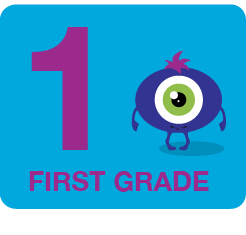
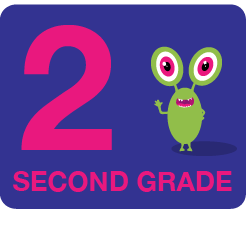
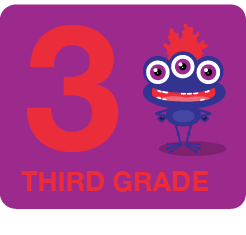
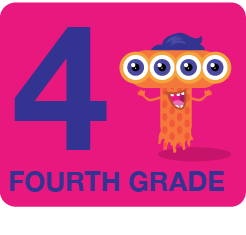
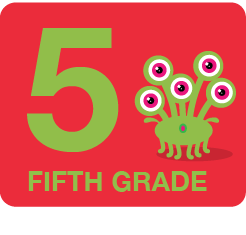
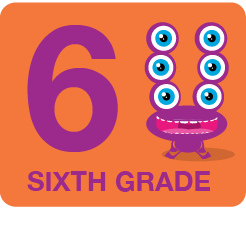
Additional Educational Resources:
Mental Math and Estimation Large Workbook - (Grade 2)
Mental Math Strategies Large Workbook - (Grade 1)
Quick Assessment - Easy Addition and Subtraction to 20
Quick Assessment - Multiply 6 and 7

